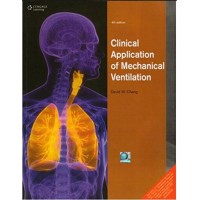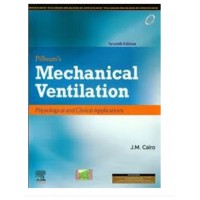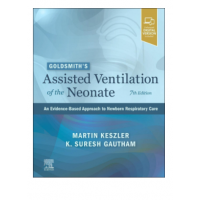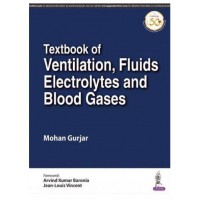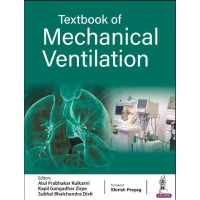The goal of this book is to meet the needs of both beginners and experts. The book's first chapter is about the basics of respiratory physiology needed for ventilation. Initial Chapters like "Indications," "Initiation," and "Managing the Initial Hurdles" will be helpful for people who are just starting in critical care.
Some evolving topics are backed up by evidence, like high-flow nasal cannulas and noninvasive ventilation. Similarly, evidence-based has been chosen for chapters where there is
variation in practice, like analgesia and sedation, when we choose an invasive approach.
After putting a patient on mechanical ventilation, everyone faces a decision-making dilemma. For example, when to decide for tracheostomy, which basic or advanced mode to choose, and when to switch to a different mode. All these have been addressed in the form of separate chapters.
It is crucial to monitor patients during and after the mechanical ventilation process is over. This will help to prevent critical incidents that can happen at any time during the course. A couple of chapters go into more depth about the details of these worries.
Timely recognition of asynchrony improves outcomes; hence, two separate chapters discuss the asynchrony associated with invasive and non-invasive ventilation.
Many experts use subjective criteria when taking a patient off mechanical ventilation. The matter has been discussed in a separate chapter on subjective vs objective criteria and another chapter, different kinds of algorithms have also been suggested.
Lastly, more awareness about Midnight catastrophes and deaths among ventilator users is needed. These two essential issues have been kept separate so that readers can pay serious attention to them.



.jpg)
